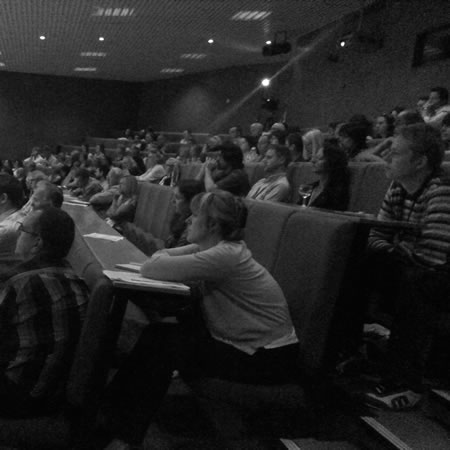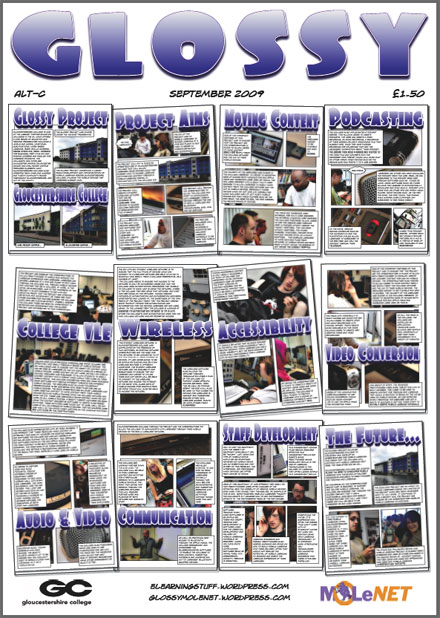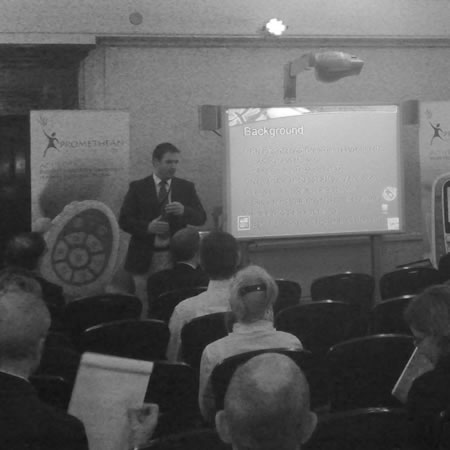
Expanding on the ALT-C #LTHEChat
On Wednesday 30th August there was an #LTHEChat hosted by the ALT-C 2023 co-chairs, Santanu Vasant and Lawrie Phipps.
LTHEchat will host a summer special chat led by #altc23 Conference Chairs Santanu Vasant and Lawrie Phipps. Dual hashtags will be used #altc23 and #LTHEchat. This special summer special takes a look back at 30 years of educational technology as the Association for Learning Technology (ALT) celebrates 30 years, as do Jisc, and the Staff and Educational Developers Association (SEDA). Educational or Learning Technologies have shaped higher education, especially in recent years during the pandemic, but the history of educational technology goes way back. In this LTHEchat, we ask you to remember your first experiences of learning technology in a work setting, what learning technology might be, if we had unlimited financial resources, what new ‘next big things’ didn’t take off and what do you remember from previous ALT Conferences?
I had initially planned to participate, but in the end, I went to the cinema instead.
So the following morning I did some responses to the prompts from the chat. I thought though I would expand on some of my answers to the different questions in a blog post to go beyond the character limit on the Twitter.
As a result I have written six different blog posts.
Q4 Which ‘next big thing’ that didn’t quite take off do you most remember?
I probably have a list….
PLEs
MOOCs
OER
Second Life
There was often a lot of excitement about these technologies, but they never had that big impact that people thought they would.
For those of us involved in extreme e-learning or technology enhanced learning, we sometimes focus on the innovative, the exciting, the new, the shiny stuff. Well it’s where we want to be isn’t it, cutting edge and all that? We want to be using iPads, Android Tablets, the latest and best Web 2.0 tools and services. We get so excited at times that we even do projects and research on them, before writing it up, putting the stuff on a shelf and moving to the next new shiny thing.
So thinking about this tweet I was trying to think of something that did take off….
Probably PowerPoint. The use of email is another thing that did take off.
The main reason why these technologies are important is that the majority of practitioners within an institution will not be at the cutting edge, will not be using all technologies innovatively. This means when planning training and staff development it is vital that dull technologies are included and allowed for. Just because we are bored with something doesn’t mean that someone else in your organisation will find it exciting and just the thing to solve the particular problem they are facing.
Dull as in not shiny rather than, dull as in boring.












